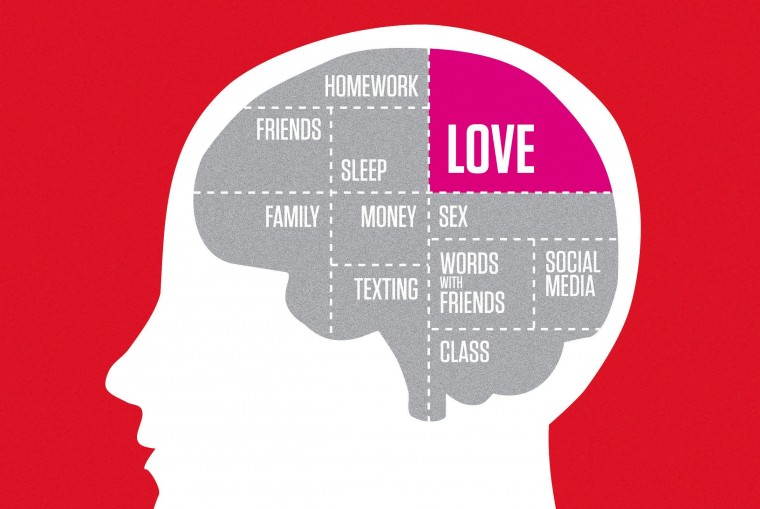
As couples swoon over each other and profess feelings of love today through romantic dinners and grand gifts, university researcher Sandra Langeslag is studying the brain processes that prompt people to do crazy things in the name of love.
Although many people will exchange heart-shaped candies and gifts today, Langeslag’s decade-long study — which was inspired by her own experiences being in love — proves love is entirely in the brain. Langeslag used brain-imaging tools, such as EEGs and MRIs, to study the neurocognition behind love and determine how brain activity changes when people are head over heels.
Langeslag compiled a group of psychology students in the Netherlands — where she conducted most of the study — and found students who were in love and ones who were not. She collected photos of the “in love” group’s significant others to test whether they responded differently to seeing a picture of their loved one and an attractive stranger.
The results were not surprising, Langeslag said: Those who reported being in love found their significant others’ photos to be the most attractive in the group, while those were not in love found the strangers to be better looking. Additionally, Langeslag said the students in love tended to find their significant other to be “as attractive as can be.”
“When you are in love, you think your beloved is the most attractive person that exists,” Langeslag said, adding all couples should think that way — even if it may not be true.
Not only did Langeslag find couples demonstrated more brain activity when they were thinking about each other, but they were also more attentive. This, Langeslag said, shows that people are more likely to pay attention to their significant others — more so than their family members or close friends.
And many love-struck students on the campus said they agreed with findings.
“I think my boyfriend is better looking than a lot of guys on campus,” said freshman chemistry major Ali Forrest. “He has a bigger smile, and he’s better dressed.”
But others, such as sophomore history major Jennifer Brady, said they’re aware there are people more attractive than their significant others.
“He’s no George Clooney,” Brady said of her boyfriend.
Sophomore chemical engineering major Chloe Swann said the feelings she has for her boyfriend go beyond his looks.
“There’s no comparison for love,” she said. “Love has so much more to supplement than lust.”
akinnibi@umdbk.com



